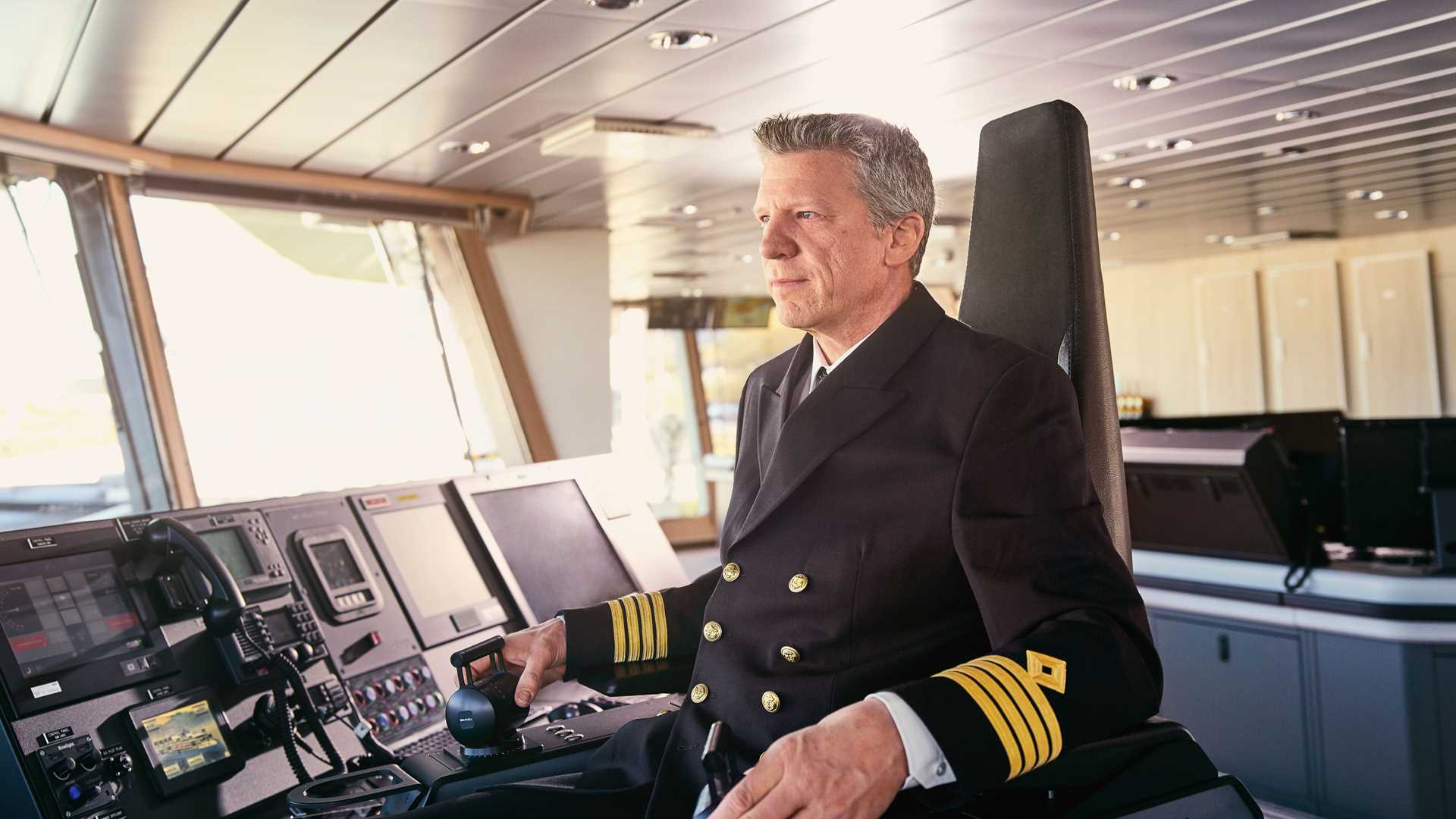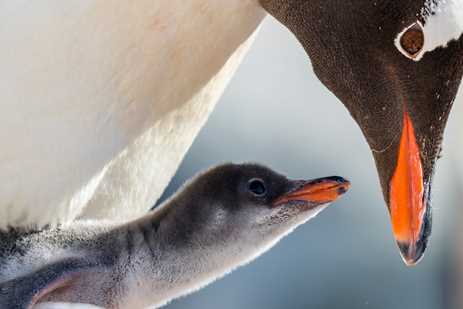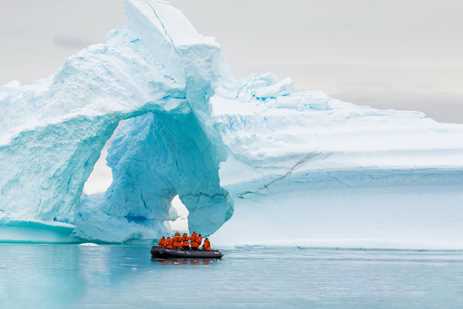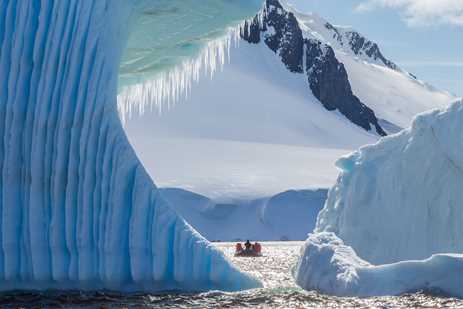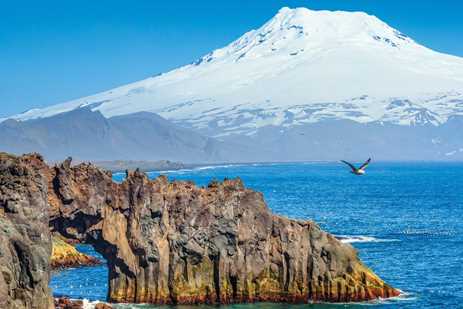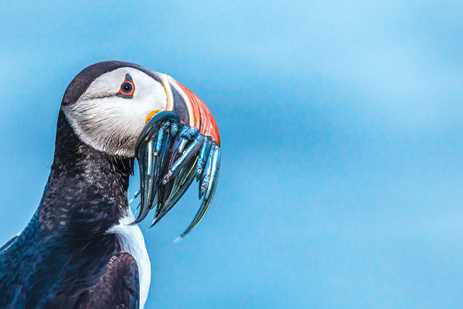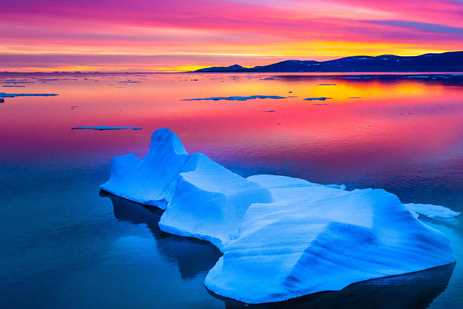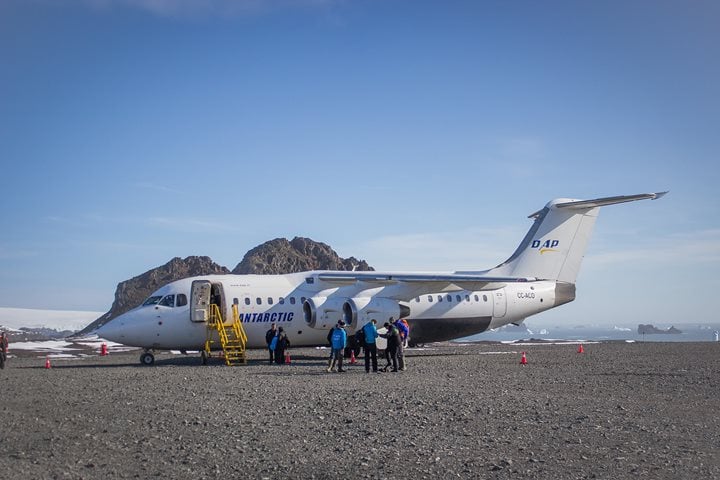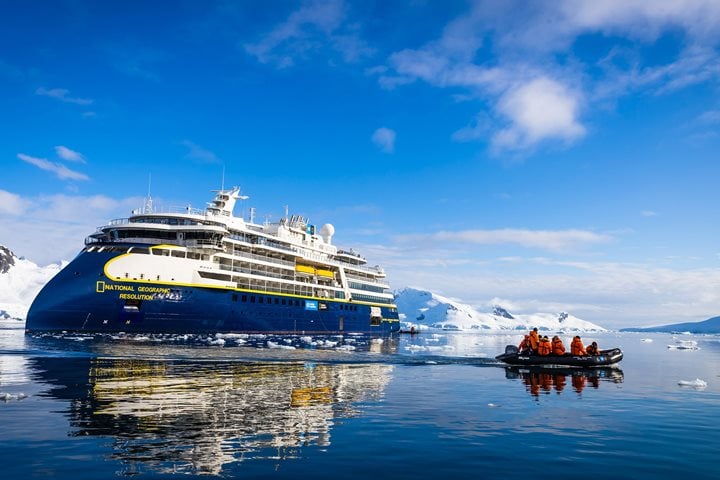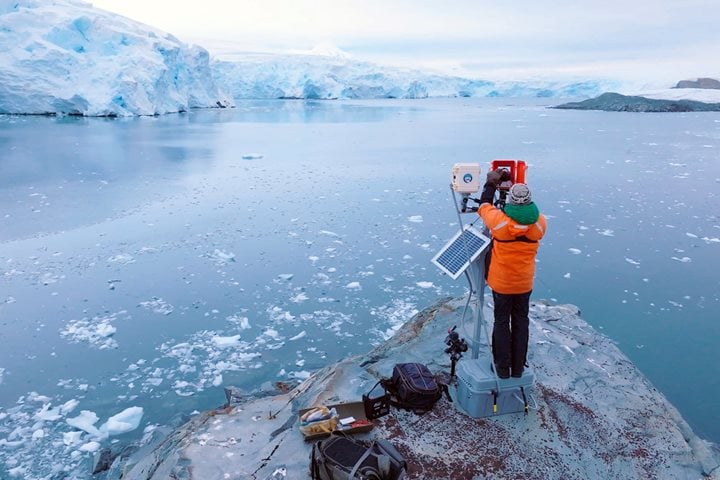For Captain Martin Graser, an office desk job was, he admits, never an option. Out on the open sea, where he has spent the last 27 years, is where the seasoned mariner belongs. At Lindblad Expeditions-National Geographic, Graser has served as Captain of the National Geographic Orion, National Geographic Endurance and now National Geographic Resolution, voyaging to the polar regions, including his favorite—Antarctica. Here, Captain Graser shares his journey of a life at sea and explains why the icy landscapes at the top and bottom of the globe continue to captivate.
Get Inspired by Photos, Videos, Webinars, Stories, and Exclusive Offers.
Sign Up
What was your introduction to marine life?
My father built sailboats as a hobby, so I was sailing by the age of three. As a kid I helped him to build three sailboats, which we took out on the North Sea and the Baltic Sea for every family vacation I can remember.
Growing up, did you always dream of a career at sea?
Actually, I almost became an airplane pilot. I started flying glider planes at 17 and became interested in flying but for a number of reasons instead of going to pilot school, I apprenticed as a ship’s mechanic. First I worked on cargo ships—which I found very boring—then large cruise ships, and for the past 25 years, expedition cruising.
What do you love most about Antarctica? And what about the Arctic?
To start, Antarctica is the most beautiful place on Earth. It is a fluid environment, changing all the time. Every voyage varies from the last due to the movement of the ice and the ever-fluctuating weather conditions. As a captain, it’s thrilling because we decide at the last minute—one or two days before the trip—where we’re going.
When it comes to Arctic landscapes and beauty, there is little that can compete with Greenland. It is probably the most underrated Arctic destination, but it is the one place which I would compare with Antarctica. The southeast coast is especially exciting—it's defined by rugged fjords, towering cliffs and glaciers that extend from the heart of the Greenland Ice Sheet, providing endless opportunities for exploration and wonder.
What sort of wildlife can guests expect to see in the polar regions?
The wildlife is an exciting part of every trip to the polar regions, in part because you never know exactly what you will see and where, so there’s the ‘thrill of the hunt.’ In Antarctica, we'll look for humpback whales and Weddell seals, but also orcas and the rare leopard seals. On one recent voyage–for the first time in my 24 years in Antarctica–we spotted an entire colony of Emperor penguins, which was great fun to share with the guests.
In the Arctic, voyages take us through waters frequented by marine wildlife, including humpback and fin whales, seals, walrus and an array of seabirds that thrive in the nutrient-rich Arctic environment.
How does the captain work with the rest of the ship’s crew?
Every expedition is a huge team effort. The captain can’t be on the bridge 24 hours a day, so it’s important to have good officers who can step in to do the job. The crew is very well-trained and held to a high standard.
A fun part of my job is collaborating with the expedition leaders. Every day we look at the conditions of the weather and ice, plan the itinerary, and decide how to give our guests the most fulfilling and memorable experiences possible.
What is special about your current ship, the National Geographic Resolution?
She’s a beautiful ship, and is one of only three top-tier ice class category ships in the world, able to explore the polar regions year round. Sophisticated electronic equipment allows us to safely navigate even poorly charted waters. We have forward looking sonar on board and we carry a Zodiac which is equipped with sounding equipment that allows us to create our own on-board electronic nautical charts. The X-bow creates the smoothest ride possible—in my two decades coming to Antarctica, I’ve never been on a ship as comfortable as National Geographic Resolution.
In all your years voyaging to the polar regions, how have polar expeditions changed?
They’re miles better now for a variety of reasons—we have better ships, better tools, more reliable weather forecasts and charts, and better depth sounding. These improvements have expanded our horizons—we can go further, where others can’t go.
What is the best part of your job?
I love being out in the world, driving ships and exploring the polar regions. Being an expedition captain is an adventure—I help determine the course of an expedition and how to make it an incredible experience. It is exactly where I want to be.

